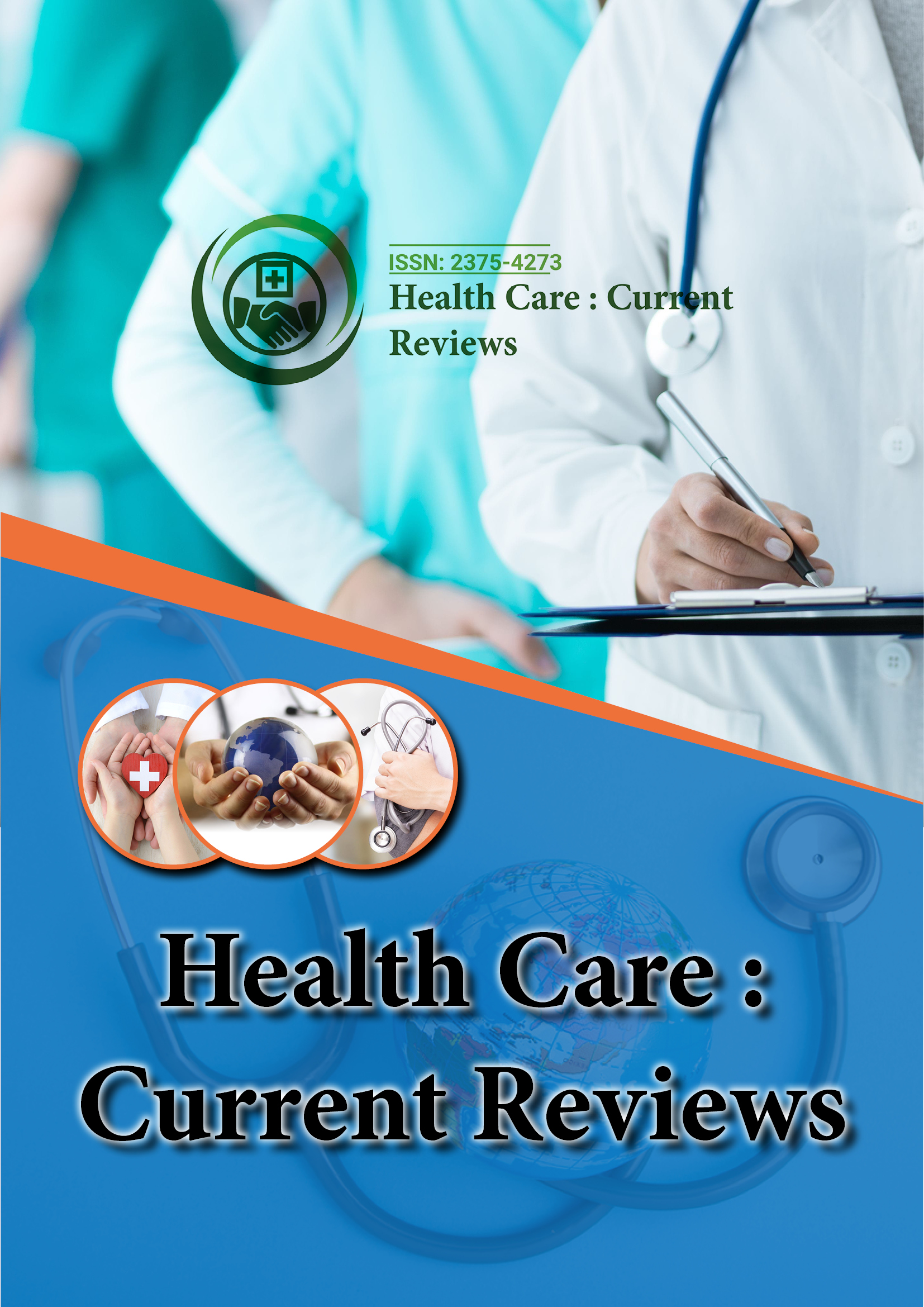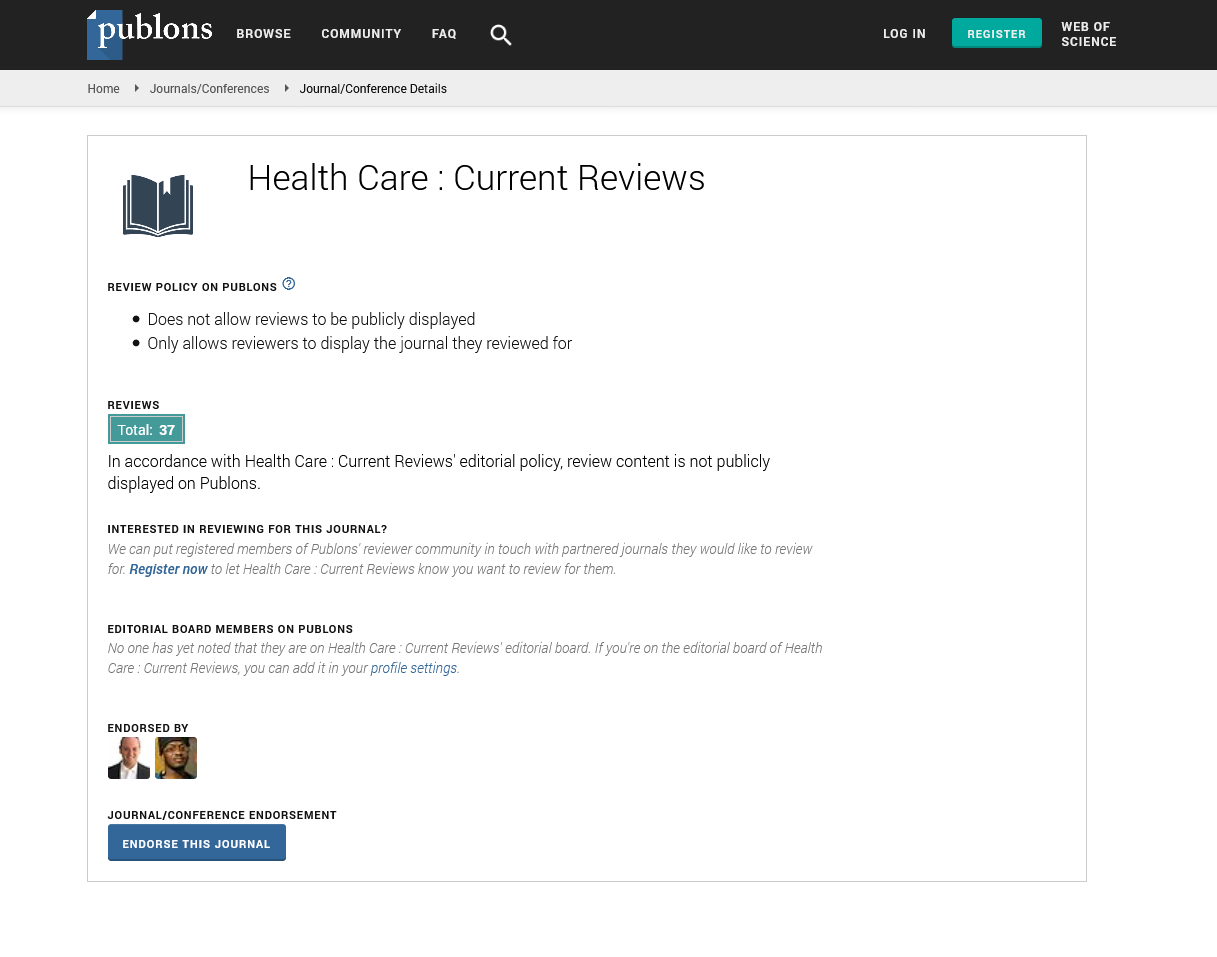Indexed In
- Open J Gate
- Academic Keys
- RefSeek
- Hamdard University
- EBSCO A-Z
- Publons
- Geneva Foundation for Medical Education and Research
- Google Scholar
Useful Links
Share This Page
Journal Flyer

Open Access Journals
- Agri and Aquaculture
- Biochemistry
- Bioinformatics & Systems Biology
- Business & Management
- Chemistry
- Clinical Sciences
- Engineering
- Food & Nutrition
- General Science
- Genetics & Molecular Biology
- Immunology & Microbiology
- Medical Sciences
- Neuroscience & Psychology
- Nursing & Health Care
- Pharmaceutical Sciences
Effect of pulmonary rehabilitation on non-obstructive disease congenital kyphoscoliosis patient in Kuwait
Joint Event 20th World Congress on Infection Prevention and Control 14th International Conference on Advances in Skin, Wound Care and Tissue Science
November 28-29, 2024 Paris, France
Noura Mohammed Almutairi
Chest Disease Hospital, Kuwait
Posters & Accepted Abstracts: Health Care Curr Re
Abstract:
Objective: case study of Non-COPD patient with congenital kyphoscoliosis to see the effect of pulmonary rehabilitation after 36 sessions given in Chest disease Kuwait with signs and symptoms, physical capacity, functional level and Quality of life. Introduction: Pulmonary rehabilitation programs improve exercise tolerance, muscle strength, and dyspnoea in patients with Non-COPD. The Aim of case study to see effect pulmonary rehabilitation in reducing respiratory exacerbation signs and symptoms, Improving Pulmonary functional test values and level of physical activity on non-obstructive pulmonary disease congenital sclerosis patient in Kuwait. Case: 60 years female Kuwaiti patient diagnosed with Non-obstructive pulmonary disease congenital kyphoscoliosis since 2005. Patient underwent spine correction implanted screw for whole spine in 2015 in USA. Patient complains from very sever short of breath while resting and walk and ADLs. She is on oxygen support 3 L/mint with recurrent infection and hospitalisation three to five times in year after surgery. She referred to pulmonary rehabilitation to improve lung function, to improve physical activity performance and Daily activity of life. Treatment given in 36 sessions during six mouths two times per week with daily home programme including aerobic exercise, strengthen exercise, stairs exercise, IMT device for diaphragm and active breath exercise Monitoring patient level of saturation in blood SPO2 and respiratory rate during and after session. Discussion: Recent evidence bases research in word wide show the effect of pulmonary rehabilitation in COPD and Non-COPD patient in reducing chronic signs and symptoms and improve physical activity level. Treatment given in 36 sessions during six mouths two time per week with daily home programme including aerobic exercise, strengthen exercise, stairs exercise, IMT device for diaphragm and active breath exercise Monitoring patient level of saturation in blood SPO2 and respiratory rate during and after session. Patient before pulmonary rehabilitation not able to walk outdoor home using wheelchair to transfer with sever short breath, fatigue, reduce cardiorespiratory endurance on 3 L/O2.patient referred to pulmonary rehabilitation clinic to treat patient signs and symptoms and improve lung function. Aerobic exercise started including cycling, walk and gait training and hand ergometer till 30 mints with monitor patient SO2 while session also, strengthen exercise given such as sit to stand 10 time with three sets, One to two KG weight for Shoulder flexors , Elbow flexors and shoulder abductors 10 times reptations with three sets done per day. IMT device for diaphragm strengthen for five mins and progressed till 15 mins, four times per day as home programme. Active cycle breathe exercise while resting and movement 10 time each hour. Stair’s exercise achieved 10 steps with two sets after 14 session’s patient not able at begging to use due to sever short breath and reduce cardiorespiratory Endurance. Home programme 3 times per day given at home with self-monitor for SO2 Not below 90%. After 36 sessions patient able to walk 30 minutes with 1.5 L/O2 and using car to drive safe. Conclusion: Pulmonary rehabilitation effective with non-COPD congenital sclerosis patient. Patient improved in functional test 6MWT achieving great score 390 mete with borg score 2/10 while test that shows Significant improvement in cardiorespiratory Endurance.FEV1% = 28 prediction where after discharge that reflect the improvement in lung volumes and function. Pulmonary rehabilitation essential for symptomatic non-COPD congenital disease with sever short of breath while rest and physical execration in daily activity life. Starting early pulmonary rehabilitation two to three time per week including aerobic exercise 30 mint, strengthen exercise 12 repetitions three sets, breath exercise and intercostal muscle trainer device IMT three to five times per day recommended for non-obstructive pulmonary disease. Ethical Approval: Consent form written and taken from patient to be published his case and improvement in lung function and ADLs. Acknowledgement: Author PT Nourah Al Mutairi contributes all stages of this work including Data taking, History taken, Test taken 6 MWT pre and post pulmonary rehabilitation sessions. Author PT Nourah Al Mutairi contributes Data, Analysis of PFT test and 6 MWT to Conclusion of results of benefits of pulmonary rehabilitation. Author PT Nourah Al Mutairi contributes Findings, results, and critical analysis to PFT test and 6 MWT. Key word: physical activity, pulmonary rehabilitation, Non-COPD disease, Improvement Quality of life Improvement functional level.

